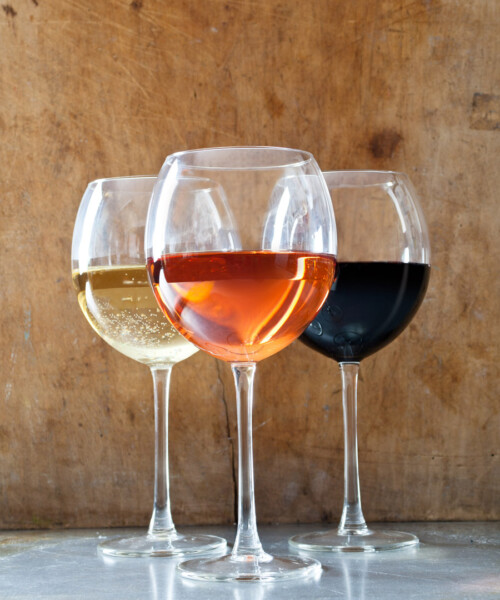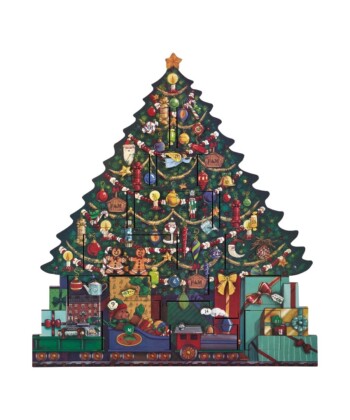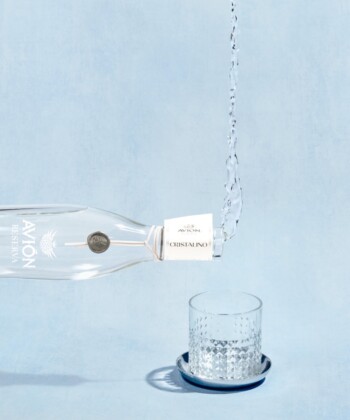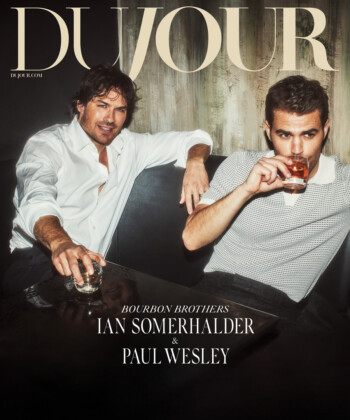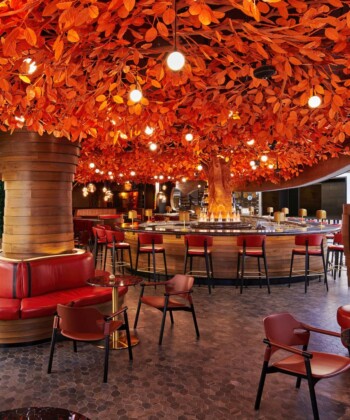Choosing wine for certain seasons (namely, summer and winter) seems like a decidedly clear-cut task: hot weather calls for crisp whites, while colder temperatures cater to full-bodied reds. Fall, on the other hand, can often feel like a vague middle ground—and that’s the best part. Versatile weather means versatile wine options, and experts say that a wide range of styles can be seasonally appropriate.
Per Holmberg, the Head of Christie’s Wine Department, leans toward bolder styles, like those from the Rhone Valley. “As it gets colder outside, especially here in the northeast, fall meals tend to be heartier. Heartier meals and dishes call for bigger more robust wines, such as Hermitage, Cote Rotie or Chateauneuf du Pape.” Paul Nicholls and Rebecca Tanner, the winemakers behind South Africa’s Fable Mountain Vineyards, are also fans of Rhone-style reds, which they say are “perfect for cooler fall nights. The tannins are soft enough to handle lighter foods, but will still stand-up to meats and heartier dishes.”
But that’s not to say that whites—or even rosé—are out of the question. Michelle Reeves, the owner of David Family Wines, sees rosé as the perfect fall companion. Her rationale? “In cold climate cities where we’re bound by central heating, a glass of rosé can be a delicious respite from the weather,” she explains. “When cold weather hits, we live between a world of extremes; wet and freezing outside, dry and hot inside. It also evokes memories from summer, sipping on that same rosé at the beach just months earlier.”
For those in search of a more medium-bodied bottle, the answer lies in Pinot Noir. Says Reeves, “Fall and Pinot Noir pair perfectly. The wine has balanced fruit and earthiness, with warm undertones that are a wonderful complement to the change of season.”

























